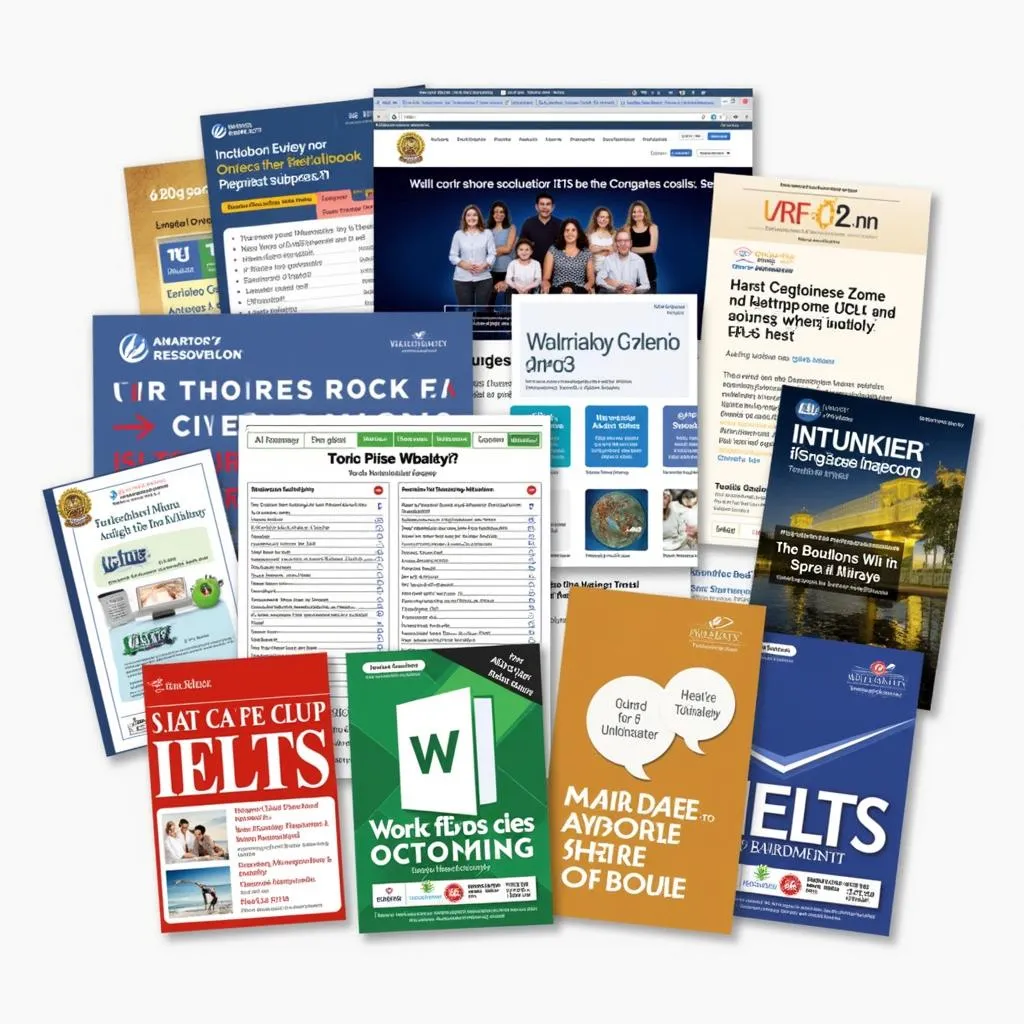Understanding the Importance of Connectors in IELTS Writing
Connectors, also known as linking words or transitional phrases, play a crucial role in IELTS Writing. They help to improve the coherence and cohesion of your essay, making it easier for the reader to follow your ideas. By using connectors effectively, you can demonstrate your ability to organize thoughts logically and present a well-structured argument, which is essential for achieving a high score in the IELTS Writing test.
Nội dung bài viết
- Understanding the Importance of Connectors in IELTS Writing
- Types of Connectors and Their Functions
- Addition Connectors
- Contrast Connectors
- Cause and Effect Connectors
- Sequence Connectors
- Tips for Using Connectors Effectively in IELTS Writing
- 1. Use a Variety of Connectors
- 2. Ensure Proper Punctuation
- 3. Use Connectors Appropriately
- 4. Don’t Overuse Connectors
- 5. Practice with Different Essay Types
- Common Mistakes to Avoid
- Exercises to Improve Your Use of Connectors
- Conclusion
Types of Connectors and Their Functions
Addition Connectors
Addition connectors are used to add information or ideas to your writing. Some common examples include:
- Furthermore
- Moreover
- In addition
- Additionally
- Also
Example: “The use of renewable energy sources is becoming more widespread. Furthermore, governments are offering incentives for green technologies.”
Contrast Connectors
Contrast connectors help to show differences or opposing ideas. Some useful contrast connectors are:
- However
- Nevertheless
- On the other hand
- In contrast
- Conversely
Example: “Many people believe that social media brings people closer together. However, some studies suggest it can lead to increased feelings of isolation.”
 Social media impact on connection
Social media impact on connection
Cause and Effect Connectors
These connectors are used to show relationships between causes and their results. Examples include:
- Therefore
- Consequently
- As a result
- Thus
- Hence
Example: “The company failed to adapt to changing market conditions. Consequently, it lost a significant portion of its customer base.”
Sequence Connectors
Sequence connectors help to organize ideas in a logical order or show a progression of events. Some common ones are:
- Firstly
- Secondly
- Finally
- Subsequently
- Meanwhile
Example: “Firstly, we need to identify the problem. Secondly, we should analyze potential solutions. Finally, we can implement the most effective strategy.”
Tips for Using Connectors Effectively in IELTS Writing
1. Use a Variety of Connectors
To demonstrate a wide range of vocabulary, try to use different connectors throughout your essay. Avoid repeating the same ones multiple times.
2. Ensure Proper Punctuation
Pay attention to the correct punctuation when using connectors. For example:
- Use a comma after connectors at the beginning of a sentence: “However, the results were inconclusive.”
- Use a semicolon before and a comma after connectors in the middle of a sentence: “The experiment was successful; however, further research is needed.”
3. Use Connectors Appropriately
Make sure the connector you choose accurately reflects the relationship between the ideas you’re connecting. Using the wrong connector can confuse the reader and affect the coherence of your writing.
 Example of IELTS writing task
Example of IELTS writing task
4. Don’t Overuse Connectors
While connectors are important, overusing them can make your writing seem forced or unnatural. Use them when necessary to improve the flow and clarity of your ideas.
5. Practice with Different Essay Types
Different types of IELTS Writing tasks may require different connectors. Practice using connectors in both Task 1 (report writing) and Task 2 (essay writing) to become more comfortable with their usage in various contexts.
Common Mistakes to Avoid
- Using connectors without fully understanding their meaning
- Placing connectors in the wrong part of the sentence
- Using too many connectors in a single paragraph
- Relying on the same few connectors throughout the essay
- Forgetting to use connectors altogether, resulting in disjointed ideas
Exercises to Improve Your Use of Connectors
To enhance your skills in using connectors, try these exercises:
- Gap-fill exercises: Practice filling in blanks in sentences or paragraphs with appropriate connectors.
- Rewriting exercises: Take a poorly connected paragraph and rewrite it using suitable connectors to improve coherence.
- Connector identification: Read academic articles or IELTS sample essays and identify the connectors used, noting their function in the text.
 IELTS preparation resources
IELTS preparation resources
Conclusion
Mastering the use of connectors in IELTS Writing is essential for achieving a high score. By understanding different types of connectors, using them appropriately, and practicing regularly, you can significantly improve the coherence and cohesion of your writing. Remember to use connectors naturally and vary your choices to demonstrate a wide range of vocabulary. With consistent practice and attention to detail, you’ll be well-equipped to use connectors effectively in your IELTS Writing tasks.


